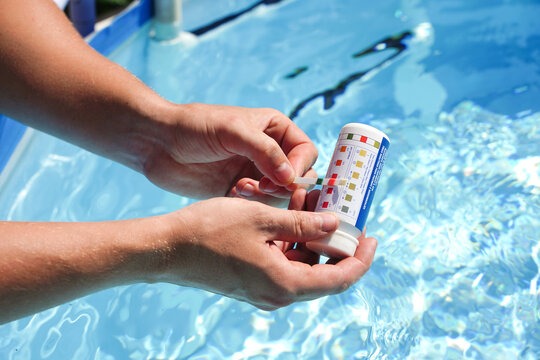Water is essential for life, but its quality can often be taken for granted. While many people focus on terms like purity and contamination, the role of pH in determining water’s safety and usability is less understood. pH is a critical measure of water’s acidity or alkalinity and plays a vital role in its overall health implications. This article explores the importance of pH in water quality and why it should be a priority in water consumption choices.
What is pH and How Does It Affect Water?
The pH scale measures how acidic or basic water is, ranging from 0 to 14, with 7 being neutral. Water with a pH lower than 7 is acidic, while a pH higher than 7 is alkaline. The pH level indicates the concentration of hydrogen ions in water. Every unit change in the pH scale represents a tenfold change in acidity or alkalinity, which is why even small changes in pH can significantly impact water quality.
Why Should We Care About the pH Level in Our Drinking Water?
The ideal pH for drinking water generally falls between 6.5 and 8.5. This range ensures that water does not corrode plumbing and is palatable without a metallic or bitter taste. Water outside this pH range can indicate contamination or the presence of harmful substances. For example, low pH levels can cause leaching of metal ions such as lead and copper from pipes, posing health risks. Conversely, high pH levels can lead to scale buildup in pipes and appliances, affecting water flow and appliance efficiency.
How Does pH Influence the Safety and Quality of Water?
pH levels affect the solubility and biological availability of essential nutrients and chemicals in water. For aquatic life, appropriate pH levels are crucial for survival and health. In humans, incorrect pH levels can lead to ineffective nutrient absorption and health issues. Moreover, pH can influence the presence and toxicity of chemicals in water. Certain heavy metals are more toxic at certain pH levels, making pH control a critical component of water treatment.
What Are the Common Sources of pH Imbalances in Water?
Natural sources such as rock formations with a high mineral content can alter water pH. Human activities, including industrial waste disposal, mining, and agriculture, also significantly impact water pH levels. These activities introduce pollutants and chemicals into water bodies, necessitating regular monitoring and adjustment of water pH to maintain safety and quality.
How Can We Manage and Adjust pH Levels in Water?
Managing water pH involves both preventive and corrective measures. Water treatment facilities adjust pH by adding substances that neutralize excess acidity or alkalinity. For household water systems, using water filters that can balance pH levels or installing water softeners for areas with hard water can be effective. Regular testing of private wells and local water sources is essential to ensure that they remain within the safe pH range.
What Role Do Water Companies Like Bisleri Play in Maintaining pH Balance?
Companies like Bisleri, which provide mineral water, play a crucial role in ensuring the safety and quality of drinking water. Bisleri’s Vedica, sourced from the Himalayas, is an example of naturally balanced mineral water with an optimal pH level. Such products provide a reliable water source for consumers who might face quality issues with municipal water supplies.
Conclusion: How Critical is pH in Our Daily Water Consumption?
Understanding and managing the pH of drinking water is crucial for health and environmental reasons. While it is a complex aspect of water quality, maintaining the correct pH balance is essential for ensuring the safety and effectiveness of water for consumption and use. Whether it is through individual actions or community-wide water management practices, addressing the pH factor is a fundamental step in safeguarding our most vital resource. By prioritizing pH management, consumers and authorities can protect health, preserve infrastructure, and ensure a sustainable water supply for the future.

